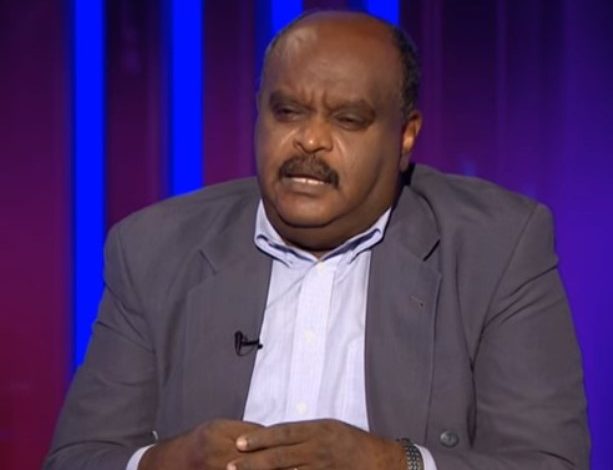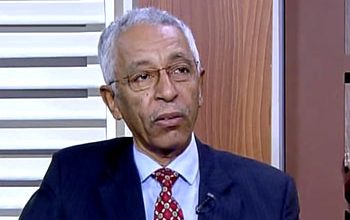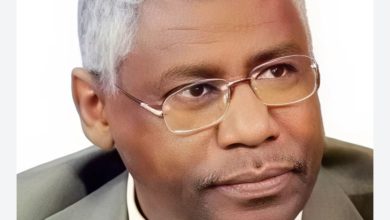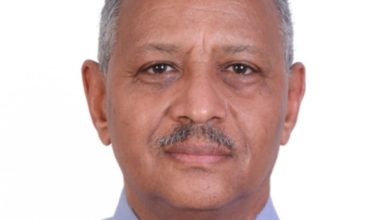Sudan: What Is Meant by “The Vicious Cycle”?

Dr. Al-Shafi’i Khidr Saeed
Following up on my previous article, “The Continuation of Sudan’s Vicious Cycle,” I received a short email signed by “Youth Reading for Change.” The message stated:
“In your article, you mentioned that since its independence, Sudan has been engulfed in the destructive flames of the vicious cycle, and that the current war is the worst and most devastating manifestation of it. You also argued that unless this cycle is dismantled and broken, Sudan’s crises and conflicts will not cease. Even if today’s war ends, it will not be the last—it will erupt again. So, what do you mean by ‘the vicious cycle,’ and how can it be broken?”
I will dedicate today’s article, as well as the next one, to answering this question. However, I have already explored this issue in depth in several previous writings that can be found online.
The term “vicious cycle” is well-established in Sudanese political literature. It describes the ongoing political and social instability that has plagued Sudan since independence. It refers to the recurring pattern where a weak civilian democratic government is overthrown by a military coup, which then establishes a dictatorship that is later toppled by a popular uprising. This uprising then leads to another fragile civilian government, which is, in turn, overthrown by another military coup—repeating the cycle over and over. This cycle has resulted in a lack of development, deteriorating public services, political instability, and a persistent state of crisis, keeping Sudan trapped in backwardness and preventing the establishment of a modern national state.
The vicious cycle also manifests in other forms, such as tribal conflicts, center-periphery wars, and the failure of transitional periods. Since gaining independence, Sudan has experienced around five transitional phases: the first following the departure of the colonial power, and the others after the overthrow of various dictatorial regimes or the signing of the Comprehensive Peace Agreement. All these transitions have failed miserably in achieving their intended goals, whether in addressing the inherited political and economic deterioration or fulfilling the foundational tasks required for building a stable and unified Sudanese state.
Since January 1, 1956, all social and political forces that have formed both civilian and military governments have failed to address the fundamental nation-building tasks of Sudan’s independent state. Instead of resolving these foundational issues, they have only exacerbated them with short-sighted and ineffective policies. These ruling elites have focused solely on power retention, ignoring Sudan’s rich diversity in ethnicity, language, religion, and cultural heritage. This blindness to Sudan’s pluralistic nature has prevented any serious attempt to establish a governance system that fairly represents all components of the nation.
The essential questions that remain unanswered, and which lie at the heart of Sudan’s crisis, include:
- What is the appropriate system of governance that can accommodate Sudan’s diverse and pluralistic society while ensuring fair political participation for all ethnic and national groups? How can we establish a democratic political practice that is suited to Sudan’s unique characteristics while preserving the core principles of democracy?
- What development model can achieve balanced economic growth and fair distribution of wealth? How can we revise economic policies to alleviate the suffering of marginalized communities, especially in neglected regions? What strategies can prioritize development in conflict-affected areas while ensuring economic sustainability?
- How should Sudan address the relationship between religion, the state, and politics?
- What is Sudan’s identity? Is it Arab, African, or a unique Sudanese identity? How do issues of identity relate to conflicts over language, culture, education, and media?
It is evident that Sudan’s wars and conflicts are not merely power struggles between opposition and government forces, nor are they just battles between the central government and rebels in regions like Darfur, South Kordofan, Blue Nile, or eastern Sudan. They are also not merely the result of foreign conspiracies. These conflicts stem from a deep-rooted crisis dating back to independence—a failure to address the country’s foundational challenges within a widely accepted national framework.
This ongoing crisis has been exacerbated by the misgovernance of the Salvation Regime (the Islamist government that ruled Sudan for three decades) and the devastating consequences of the current war, leading Sudan toward a rapidly accelerating state of “statelessness.”
Ultimately, the primary responsibility for this crisis falls on Sudan’s political and military elites, who have continuously failed to break the vicious cycle by neglecting the essential nation-building tasks. Their sole focus on power retention has left the country in perpetual turmoil.
This is the essence of the vicious cycle that grips Sudan—a cycle that fuels wars and conflicts and sustains the national crisis. In my next article, I will discuss how this cycle can be dismantled and broken.
Published in Al-Quds Al-Arabi (London)



